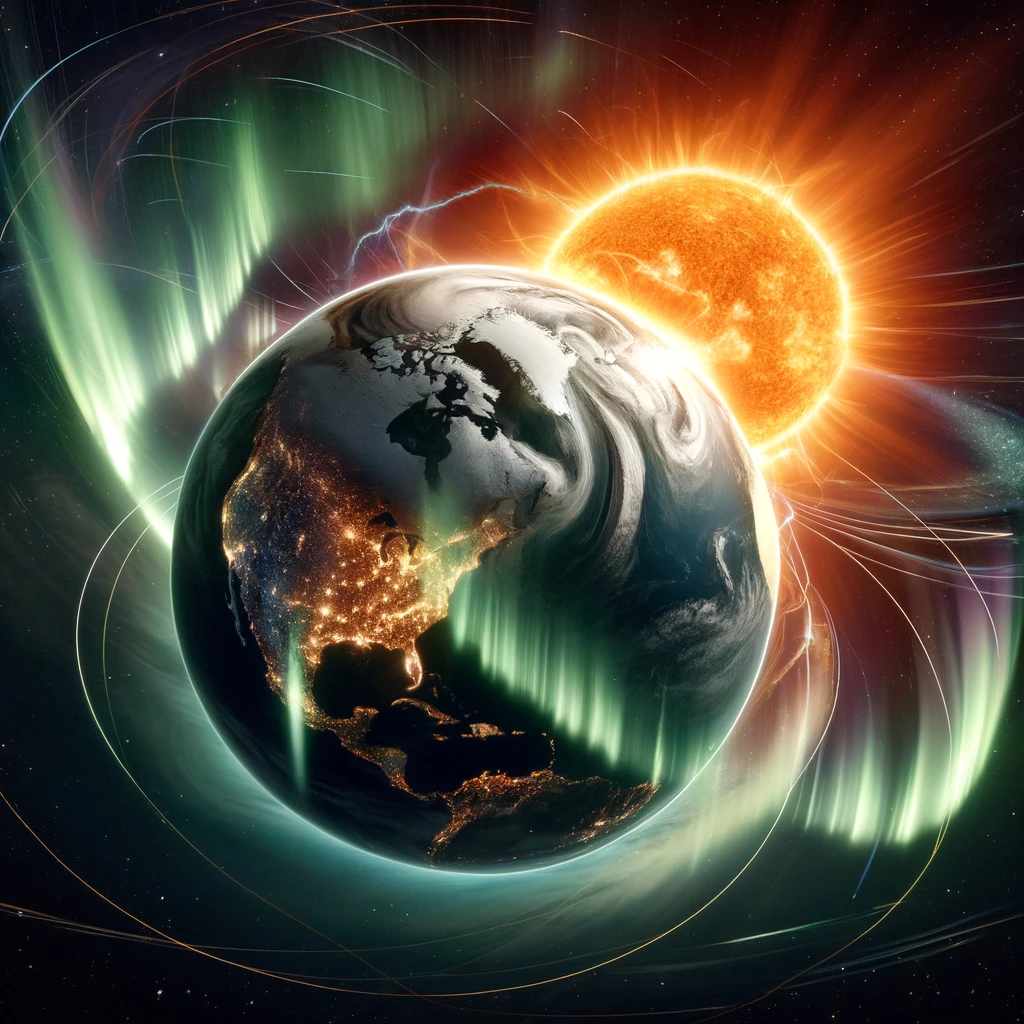Surprising new findings about Sun's magnetic field could revolutionize space weather predictions

A groundbreaking study published in the journal Nature challenges long-standing assumptions about the origin of Sun's magnetic field. Traditionally, scientists believed the Sun's magnetic field, responsible for solar flares and sunspots, originated deep within the star. However, a new study suggests that its magnetic field could arise from instabilities within the outermost layers.
If confirmed, the findings could help scientists better predict space weather which has critical implications for satellites and telecommunications systems on Earth.
The team comprising researchers from MIT, the University of Edinburgh, and elsewhere developed a highly precise model of the Sun's surface and simulated perturbations or changes in the flow of plasma (ionized gas) within the top 5 to 10 percent of the Sun's outer layers.
Rather than simulating the complex flow of plasma throughout the entire body of the sun, study author Keaton Burns, a research scientist in MIT’s Department of Mathematics, and his colleagues wondered whether studying the stability of plasma flow near the surface might be enough to explain the origins of the dynamo process.
They found that these surface changes could trigger the formation of realistic magnetic field patterns, similar to those observed on the Sun. On the other hand, their simulations in deeper layers produced less realistic solar activity.
The finding implies sunspots and flares might be a product of a shallow magnetic field, not a deep one as previously thought.
This revelation, if confirmed, could revolutionize space weather prediction, allowing scientists to better forecast potentially damaging solar flares and geomagnetic storms.
"We know the dynamo acts like a giant clock with many complex interacting parts. But we don't know many of the pieces or how they fit together. This new idea of how the solar dynamo starts is essential to understanding and predicting it," says co-author Geoffrey Vasil, a researcher at the University of Edinburgh.
"I think this result may be controversial. Most of the community has been focused on finding dynamo action deep in the sun. Now we’re showing there’s a different mechanism that seems to be a better match to observations," said Burns.
- READ MORE ON:
- space weather
- Solar flares
- sun’s magnetic field










